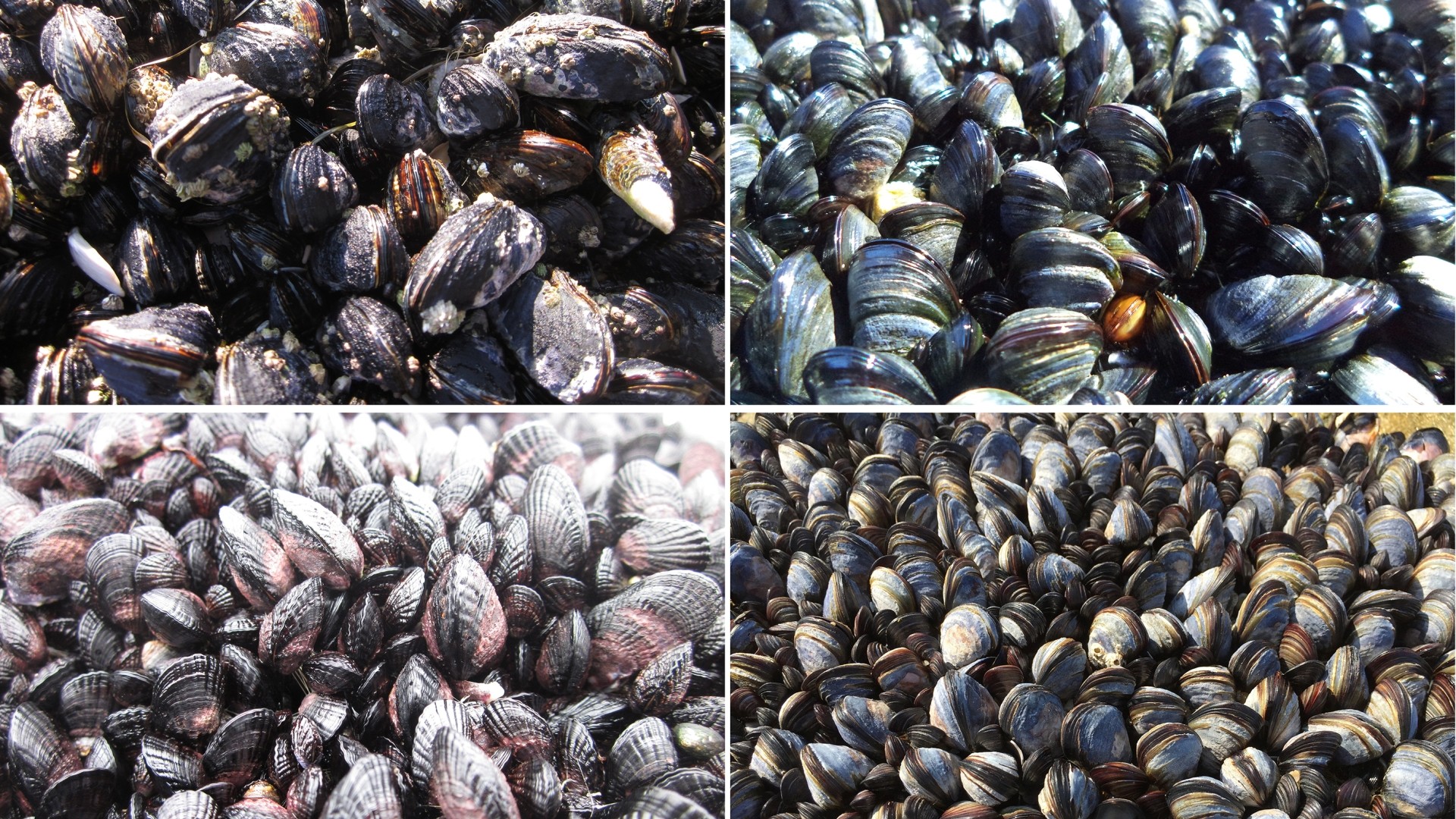
StFX’s Marine Ecology Lab, led by biology professor Dr. Ricardo Scrosati, has published in Scientific Reports the first global comparison of the invertebrate diversity that is found in mussel beds on temperate seashores across the globe.
The study, published in the journal’s January 2nd issue, was led by Nicole Cameron, a MSc student in the lab.
“Using sources that included several foreign contributors, she gathered datasets for intertidal mussel beds from the eastern and western boundaries of the Atlantic and Pacific oceans from both hemispheres,” Dr. Scrosati says.
“Those biogeographic regions host different species of mussels and associated invertebrates because of differing evolutionary histories. However, Nicole's analysis was able to identify a core set of taxonomic and functional groups that are common to all such regions.”
Dr. Scrosati says this is a relevant finding as mussel beds are important biodiversity reservoirs due to the many species they host, and this study presents a clear picture of what kind of diversity is favoured by these beds.
Knowledge gained through this research should assist restoration efforts of coastal ecosystem function after unexpected losses caused by anthropogenic factors, he said.
The open-access article—Cameron, N.M., R.A. Scrosati, N. Valdivia & Z.D. Meunier (2024). Global taxonomic and functional patterns in invertebrate assemblages from rocky-intertidal mussel beds. Scientific Reports, vol. 14, article 26—can be downloaded freely from this address:
https://doi.org/10.1038/s41598-023-50549-8
The research was funded by Dr. Scrosati’s NSERC Discovery Grant.

